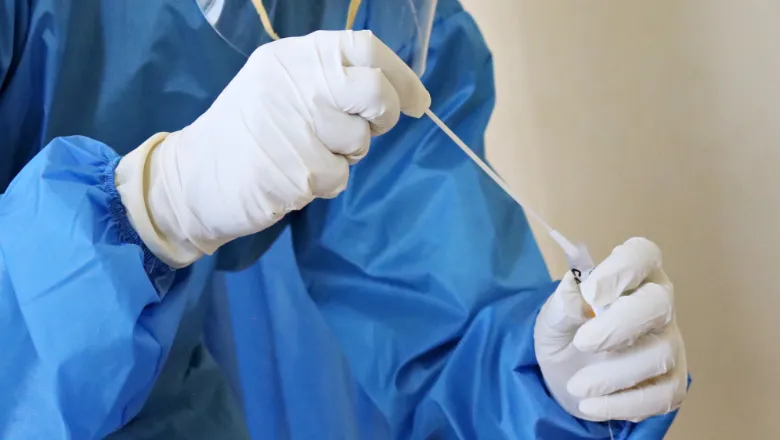Scientists Just Figured Out How Bomb Residue Ends Up on Suspects’ Hands

In a breakthrough that could redefine courtroom forensics, scientists have finally uncovered how bomb residue makes its way onto a suspect’s hands—a question that’s baffled experts and muddied legal cases for years.
Researchers at King’s College London have conducted the first-ever study tracing the microscopic journey of explosive particles during bomb-making and handling. The findings? It’s not random, and it’s not guesswork anymore. There are specific, measurable patterns in how residue transfers from surfaces to skin.
For decades, courts have relied on chemical tests to detect trace explosive materials. But until now, there’s been little scientific clarity on how that residue actually gets there. Can it be transferred indirectly? Can it stick after a handshake? Could it be contamination? These uncertainties have often weakened forensic evidence in court, leaving space for reasonable doubt.
Now, that’s changing. The team’s experiments showed that direct handling of bomb-making components leaves behind a unique and traceable signature on the skin. They also tested how long that residue sticks around, and how easily it can be passed on or washed away.
The implications are explosive—literally. With clearer evidence on residue transfer, forensic experts can now build stronger, more scientifically grounded cases linking suspects to explosive devices. That could lead to more reliable prosecutions, fewer wrongful accusations, and sharper tools for counter-terror investigations.
In high-stakes cases where every speck of evidence matters, this new science could tip the scales in courtrooms around the world.
Forensic science just leveled up—and so did the fight against violent crime.